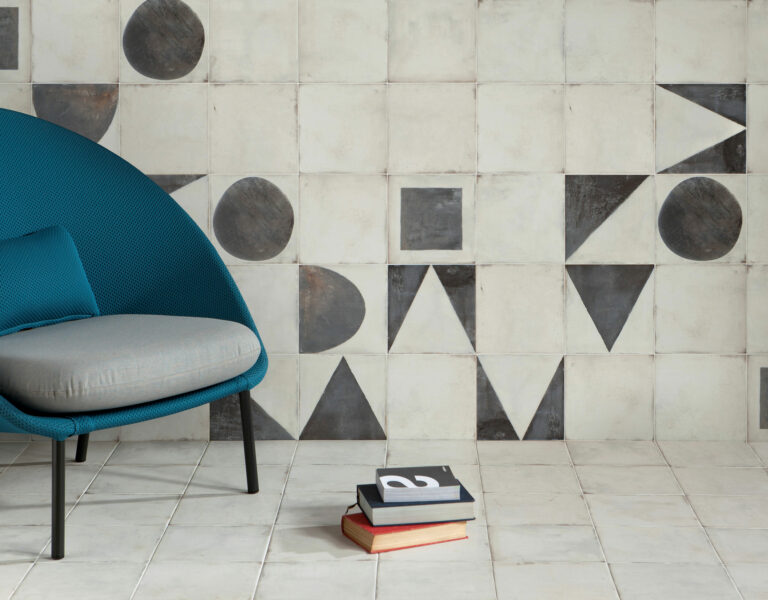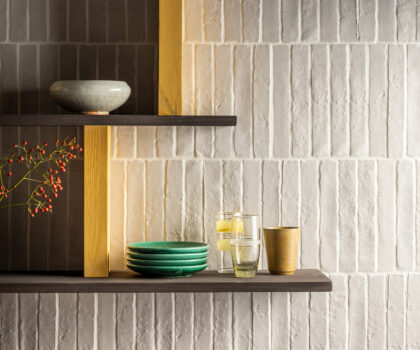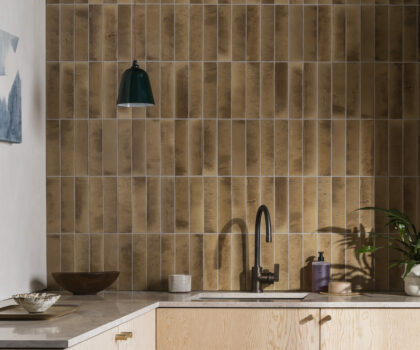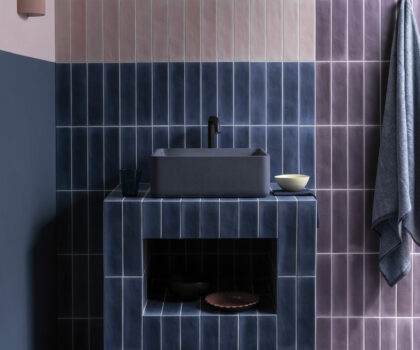Black and white are colours that have been paired together for centuries.
They are direct opposites of each other, making the contrast between the two both useful and beautiful. Piano keys are black and white because it makes it easier for pianists to identify where their fingers need to be and chessboards use the colour pairing to differentiate between the two players. It is this contrast between the colours that has meant that black and white tiles have been used throughout history, most memorably during the Arts and Craft period and Victorian times, to create dramatic and distinctive patterns. They bring elegance to any bathroom, entrance hall or kitchen, and there are a variety of ways you can apply the black and white tile trend in your home.
Classic tiling patterns
The beauty that is formed when laying a classic black and white tiling pattern is undeniable. The chequerboard style is perhaps the most traditional, using square tiles to create an even and symmetrical finish. And even though black and white chequerboard tiles are a favourite of ours, a similar contrast and symmetry can be achieved by laying chevron, hexagon and herringbone tiles.
For a traditional chequerboard style, Di Sccachi is favoured as the most timeless and elegant with it’s slightly subdued black and white tones and softly tumbled antique edges, it can work in both modern and traditional settings. For a more contemporary feel, with a smooth surface and straight edges, why not try our Fitz Black Honed Marble and Fitz White Honed Marble tiles. These black and white marble tiles will look luxurious in any bathroom, porch or hallway. To achieve the same look with all the practicalities of a porcelain tile, there’s our Piazza Amber Matt Porcelain and Piazza Nero Matt Porcelain, these marble effect tiles offer delicate, realistic veining and can be laid in a traditional chequerboard style.




























